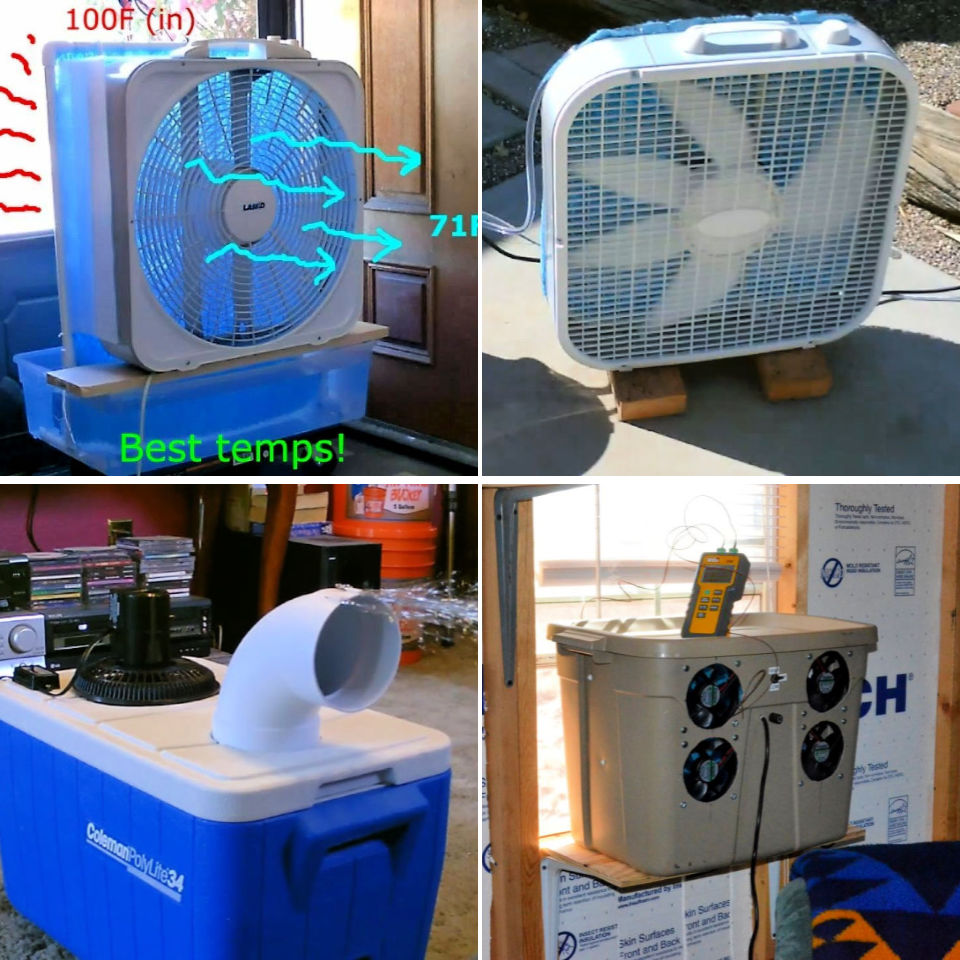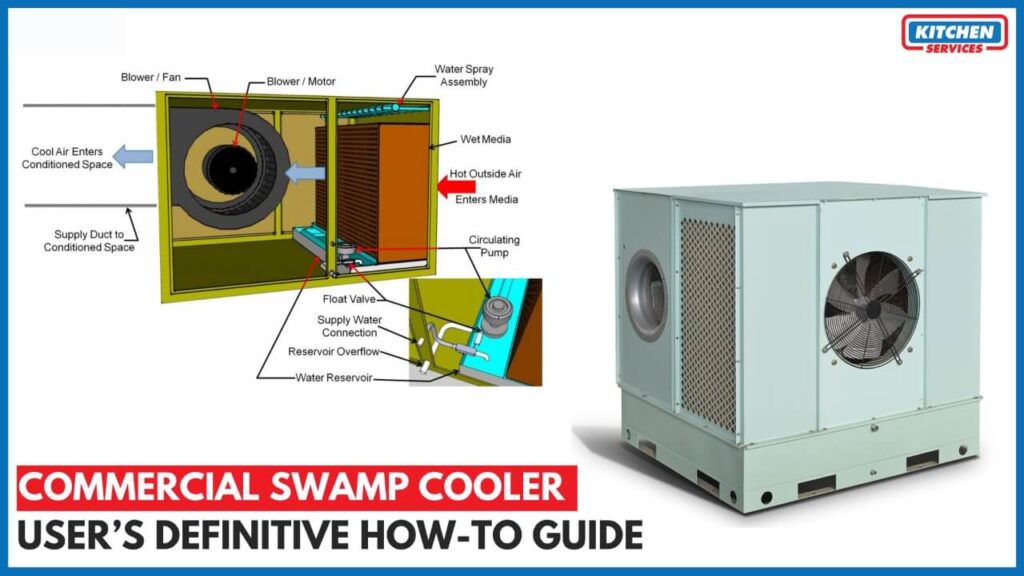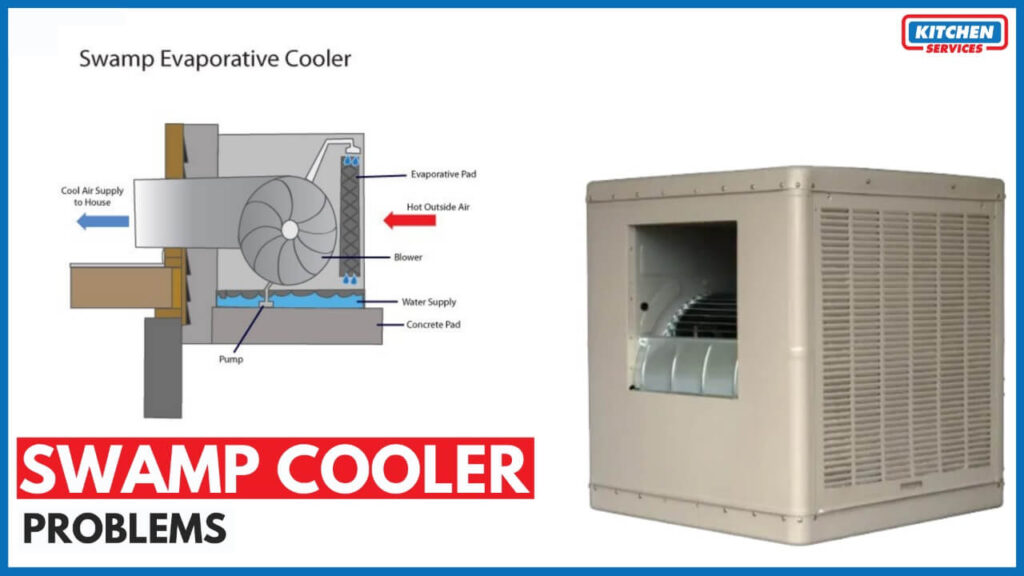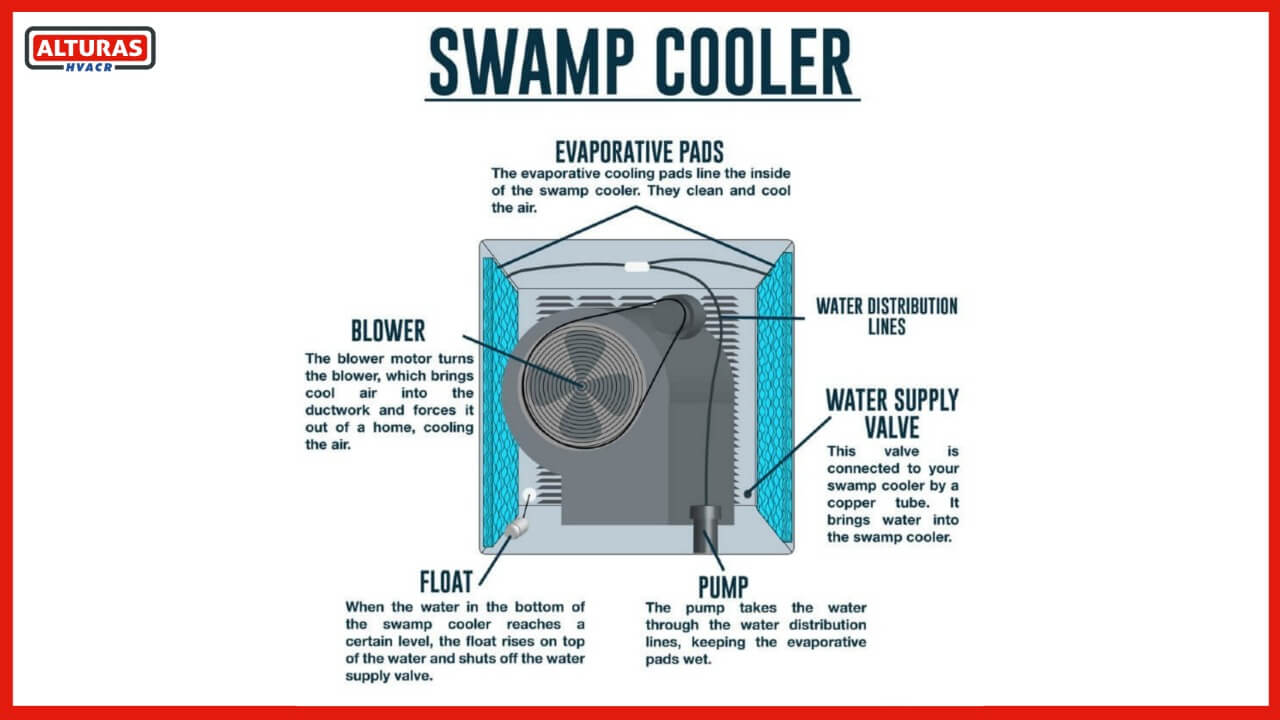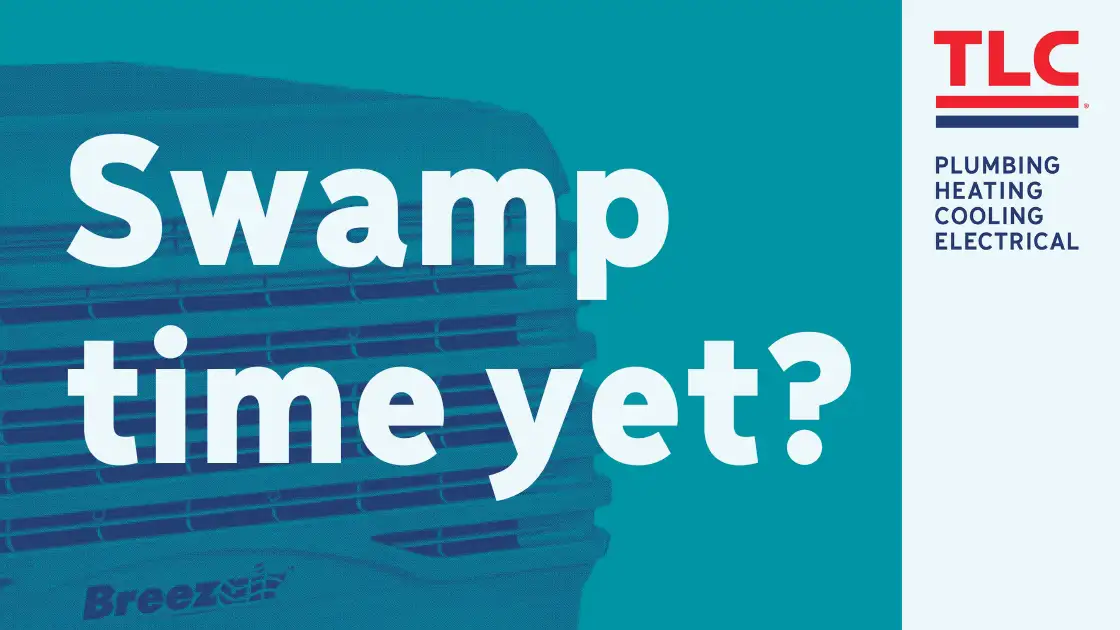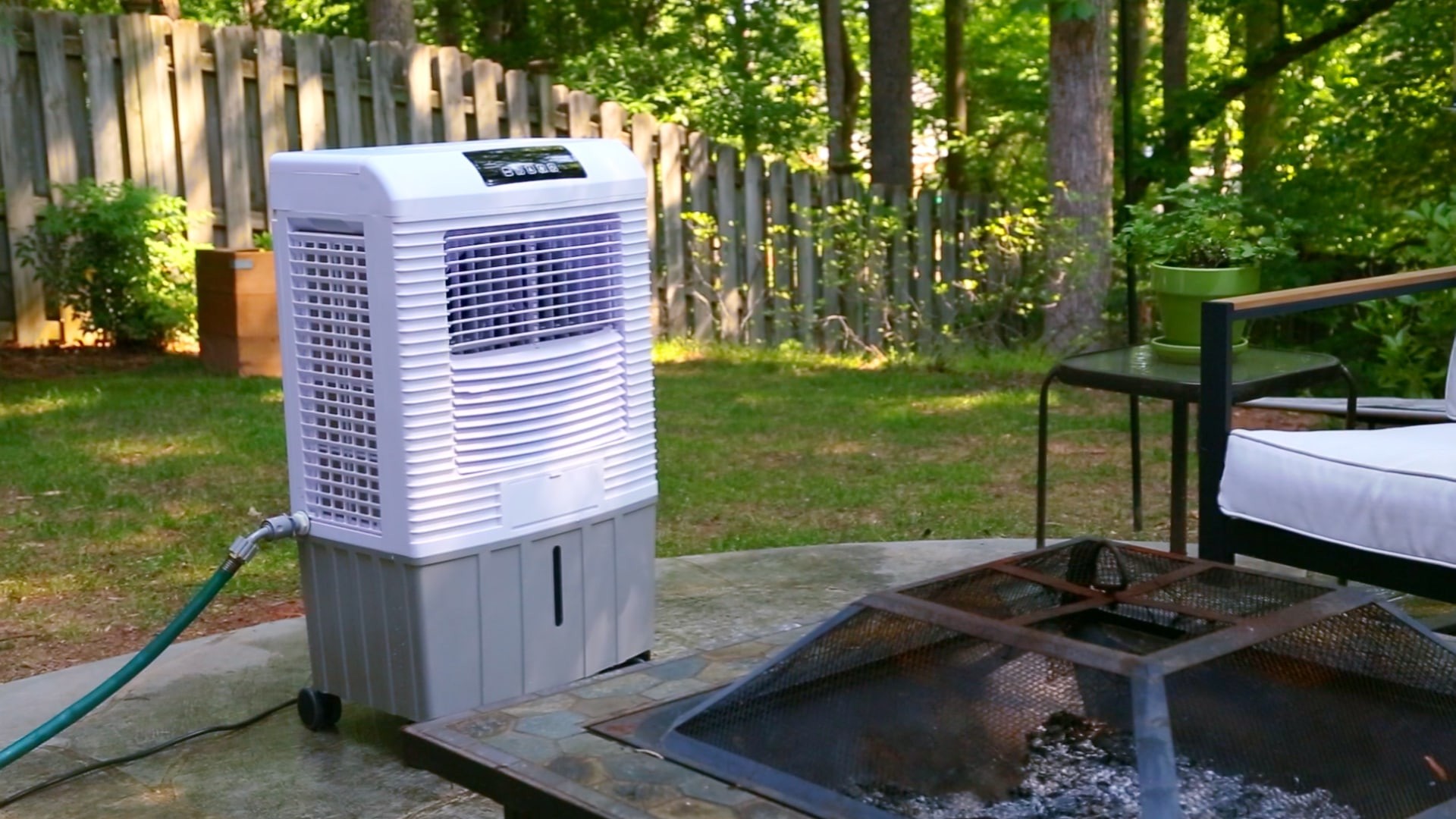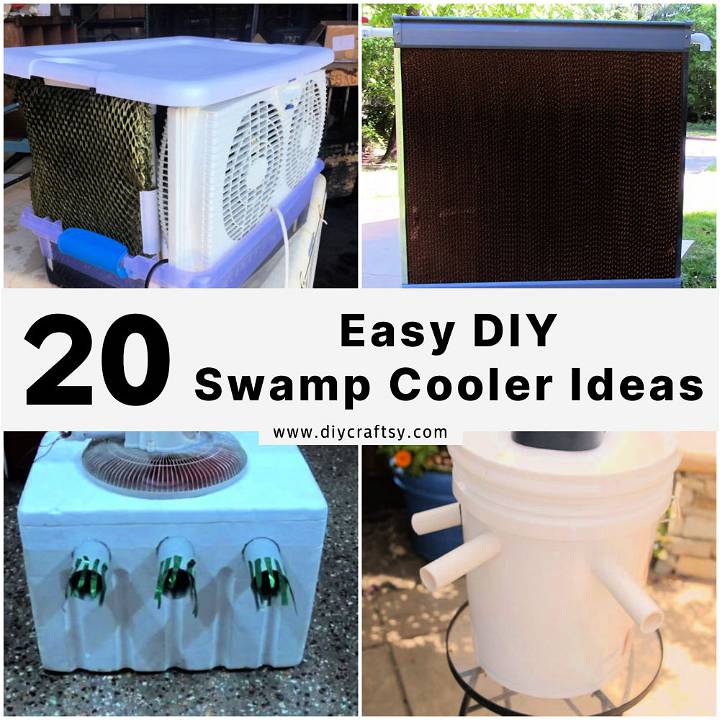How To Turn On Swamp Cooler
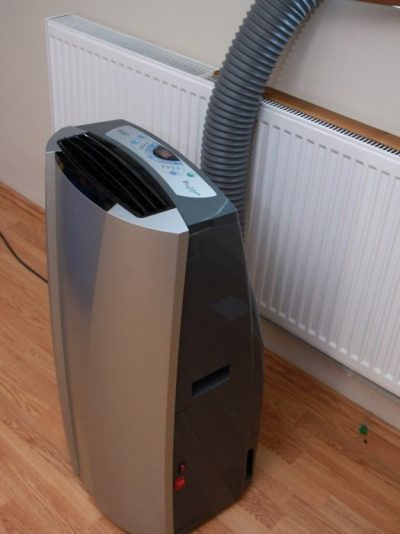
As temperatures climb, many residents in arid and semi-arid regions are preparing to switch on their swamp coolers, also known as evaporative coolers. Understanding the proper startup procedure is crucial for efficient cooling and preventing potential issues.
This article provides a comprehensive guide on how to effectively turn on and maintain your swamp cooler for optimal performance during the hot season. Following these steps ensures you stay cool and comfortable while maximizing the lifespan of your unit.
Getting Started: Pre-Season Inspection
Before initiating the startup sequence, a thorough inspection is essential. This preventative measure can save time and money in the long run by identifying potential problems before they escalate.
Begin by disconnecting the power supply to the cooler. This is a crucial safety step to avoid electrical shock during the inspection process.
Next, carefully examine the cooler pads. Replace them if they are brittle, damaged, or heavily mineralized, as inefficient pads significantly reduce cooling capacity.
Clean the cooler basin thoroughly to remove any accumulated dirt, mineral deposits, or debris. A clean basin helps prevent algae growth and ensures proper water distribution.
Inspect the water pump and float valve for any signs of damage or corrosion. Ensure the pump is functioning correctly and the float valve can effectively control the water level.
Step-by-Step Startup Procedure
Once the pre-season inspection is complete, you can proceed with the startup procedure. Follow these steps carefully to ensure a smooth and efficient transition into cooling mode.
First, reconnect the water supply to the cooler. Ensure the water line is securely attached and free from leaks.
Next, turn on the water supply and allow the basin to fill to the recommended level. Observe the float valve to ensure it stops the water flow at the correct point.
Before turning on the blower motor, run the water pump for about 15-20 minutes to saturate the cooler pads. This pre-wetting ensures immediate cooling when the blower is activated.
After the pads are thoroughly wet, turn on the blower motor. Start with the lowest fan speed and gradually increase it to your desired setting.
Monitor the air temperature and humidity levels inside your home to gauge the cooler's performance. Adjust the fan speed and water flow as needed to achieve optimal cooling.
Troubleshooting Common Issues
Even with proper preparation, some issues may arise during the startup process. Here are some common problems and how to address them.
If the cooler is not cooling effectively, check the saturation of the cooler pads. Insufficient water flow or clogged distribution tubes can prevent proper wetting.
A musty or unpleasant odor indicates potential algae or mold growth in the cooler. Thoroughly clean the basin and consider using an evaporative cooler treatment to prevent future growth.
If the water pump is not working, check the power supply and the pump itself for any obstructions. You might need to clean or replace the pump.
Excessive noise from the blower motor may indicate worn bearings or loose components. Consult a qualified technician for repairs if necessary.
Maintenance Tips for Optimal Performance
Regular maintenance is crucial for prolonging the lifespan of your swamp cooler and ensuring consistent performance. Implement these tips into your routine.
Regularly check and clean the cooler pads. Depending on water quality, they may require cleaning or replacement every few weeks.
Periodically drain and flush the cooler basin to remove accumulated minerals and debris. This helps prevent clogging and maintains water quality.
Inspect the water distribution system for clogs or leaks. Clean or replace any damaged components promptly.
Consider using a cooler cover during the off-season to protect the unit from dust, debris, and weather damage. This simple measure can significantly extend the life of your swamp cooler.
The Significance of Proper Swamp Cooler Operation
Properly operating a swamp cooler is more than just staying cool; it's about energy efficiency and environmental responsibility. Evaporative coolers use significantly less energy than traditional air conditioners, reducing your carbon footprint and saving money on utility bills.
According to the U.S. Department of Energy, evaporative coolers can reduce energy consumption by up to 75% compared to refrigerated air conditioning systems in suitable climates. This makes them a viable option for environmentally conscious homeowners in arid regions.
Furthermore, maintaining your swamp cooler properly prevents water wastage and reduces the risk of Legionella growth, ensuring a safe and healthy indoor environment.
Conclusion
Turning on your swamp cooler involves a series of straightforward steps. By conducting a thorough pre-season inspection, following the proper startup procedure, and implementing regular maintenance, you can ensure efficient cooling and prolong the life of your unit.
Understanding the nuances of swamp cooler operation not only benefits your comfort but also contributes to a more sustainable and responsible lifestyle. Stay cool and stay informed!

![How To Turn On Swamp Cooler How To Winterize A Swamp Cooler [Detailed Guide] - In-depth](https://refrigeratorsreviewed.com/wp-content/uploads/2019/11/How-to-Turn-on-a-Swamp-Cooler-2-e1572621034635.jpg)
